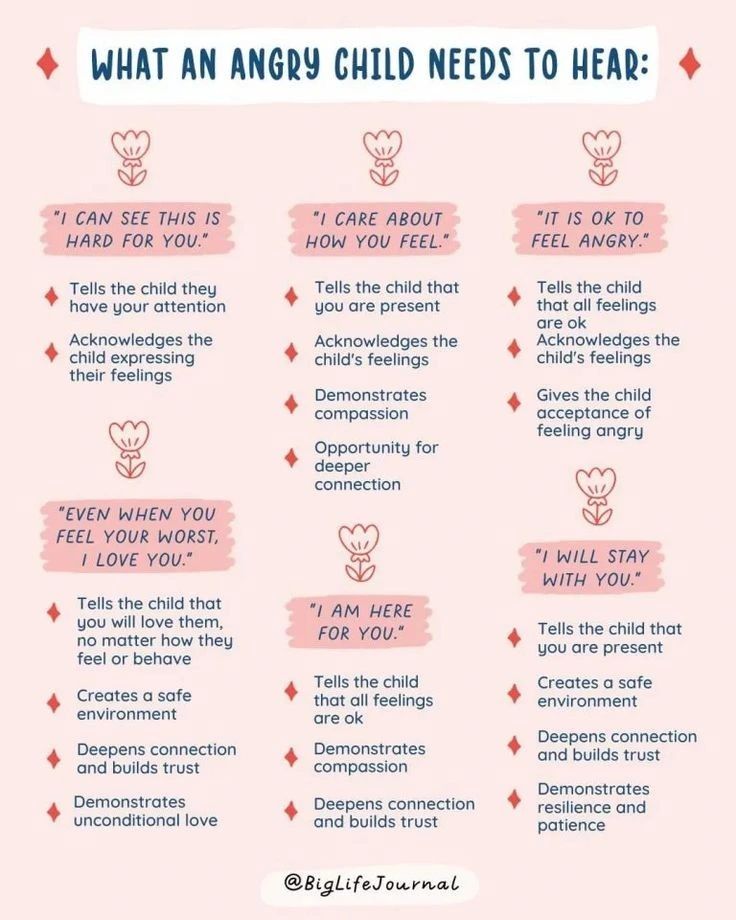How we use behaviour plans and boundary setting and to some extent, discipline to really change and improve the quality of interaction that we’re having with our young people. I’m going to be using a metaphor!
Here is my metaphor for you: I want you to imagine that we have a house and my question for you is for what reason do we have walls around our house? The answer is of course to provide protection. We also want it to protect us from cold, the external stuff and the outside world. We also have the walls there in order to keep us safe so that we don’t lose our people and we don’t lose our stuff.
Some of you might also have a bit of a fence around your house as well. Why do we do that? We have the fences and gates there because we want to let our neighbours and other people know that this is our boundary. The boundary fences are to let other people know what they can and can’t do or where they can and can’t enter our land and when it would be trespassing. We’re letting others know about levels of appropriateness. We also do it so that if it is a very windy day then all of our outside belongings won’t get blown away because we don’t want our stuff going all over the place. We also have them there because we want to be able to contain important things.
How is this relevant to setting boundaries with children and young people?
There is a reason why we put boundaries in place for children and young people. It is because it provides them with a sense of protection. When you know that someone cares about you enough to say “you know what that’s not OK, you can’t do that” it lets them know that you are protecting them that you care enough about what happens to them.
Studies have shown that children who are disciplined feel more loved because they are given a framework within which they are to interact and operate with the rest of the world and they know where the boundaries are and how it is they should behave. What’s really interesting about when we do that is that also teaches them appropriateness, in particular, about how it is that they should be behaving and interacting with others. What kind of citizens we want them to become in the future and helps them to contain important things and the important things that I’m referring to here are their emotions.
If you do not put boundaries and frameworks in place for children to adhere to then what we see is obviously not their physical positions blowing all over the place and disappearing but their emotions. The child’s emotional state will be bellowing around all over the place and it won’t be contained because we won’t have put the appropriate structures in place for them to be able to contain it. Very often, when there are young people, I’m dealing with who have things like high levels of anxiety one of the go-to things I’m looking at these days is what is your structure like behaviourally and discipline wise. What’s going on in the classroom and at home because children who are anxious quite often do not feel secure enough in their life and sometimes that lack of security is linked to or there’s a correlation between that and the fact that maybe they’ve got a little bit too much freedom going on in their lives and so they feel they’re kind of just drifting through without having direction and discipline to help keep them on the right track.
Sometimes in my conversations with parents there is this feedback around, what he/she does drives me so crazy, that I give up. I give in and give them what they want eventually. It might seem from the child’s perspective that that’s a small winner at that moment because maybe they’d been nagging and complaining they finally got what they wanted, the thing that they’ve been hoping to get from either parent. But actually, the longer-term ramifications of that giving in and giving up instead of putting those boundaries in place for them and saying ‘no’ and sticking to it despite the fuss that might be created actually, in the long run, ends up creating this effect of either high anxiety or their kind of behaviour and emotions of blowing around all over the place as if there were no walls, no windows, no boundaries, no fences or no gates none of that security around them.
My challenge to you for this month is to evaluate your structures, you know, have we got good firm structures in place around the things that we most want to keep safe?
By Gemma Bailey
The original version of this article was written by Gemma Bailey, director of www.NLP4Kids.org.
It was republished and rebuilt with additional content by NLP4KIDS PRACTITIONER IAN DAVIES www.aylesburytherapyforkids.co.uk




